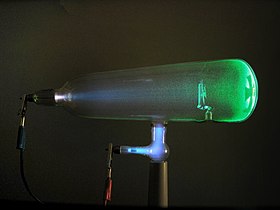Ask a Doubt
Get your questions answered by the expert for free
Enter text here...
Other Related Questions on Physical Chemistry

Which of the following aqueous solutions remains neutral afterelectrolysis
Physical Chemistry
0 Answer Available
Last Activity: 2 Year ago(s)

In the reaction A + 2B ⇌ 2C, if 2 moles of A, 3 moles of B and 2 moles of C are placed in a 2 L flask andthe equilibrium concentration of C is 0.5 mol/L. The equilibrium constant (KC) for the reaction is.....and please tell how you know that the reaction is going forward .. imean how to calculate the reaction quotient ???
Physical Chemistry
1 Answer Available
Last Activity: 2 Year ago(s)

True or false when an electron in ground state of hydrogen atom is excited with an energy that is greayer than e2-e1 but less than e3-e1 the electron will get excited n=2
Physical Chemistry
1 Answer Available
Last Activity: 2 Year ago(s)

18 19 gram mixture of na2co3 and nahco3 on heating gives 2.2 gram CO2 gas find the percent nahco3 (by mass) in mixture
Physical Chemistry
1 Answer Available
Last Activity: 2 Year ago(s)












